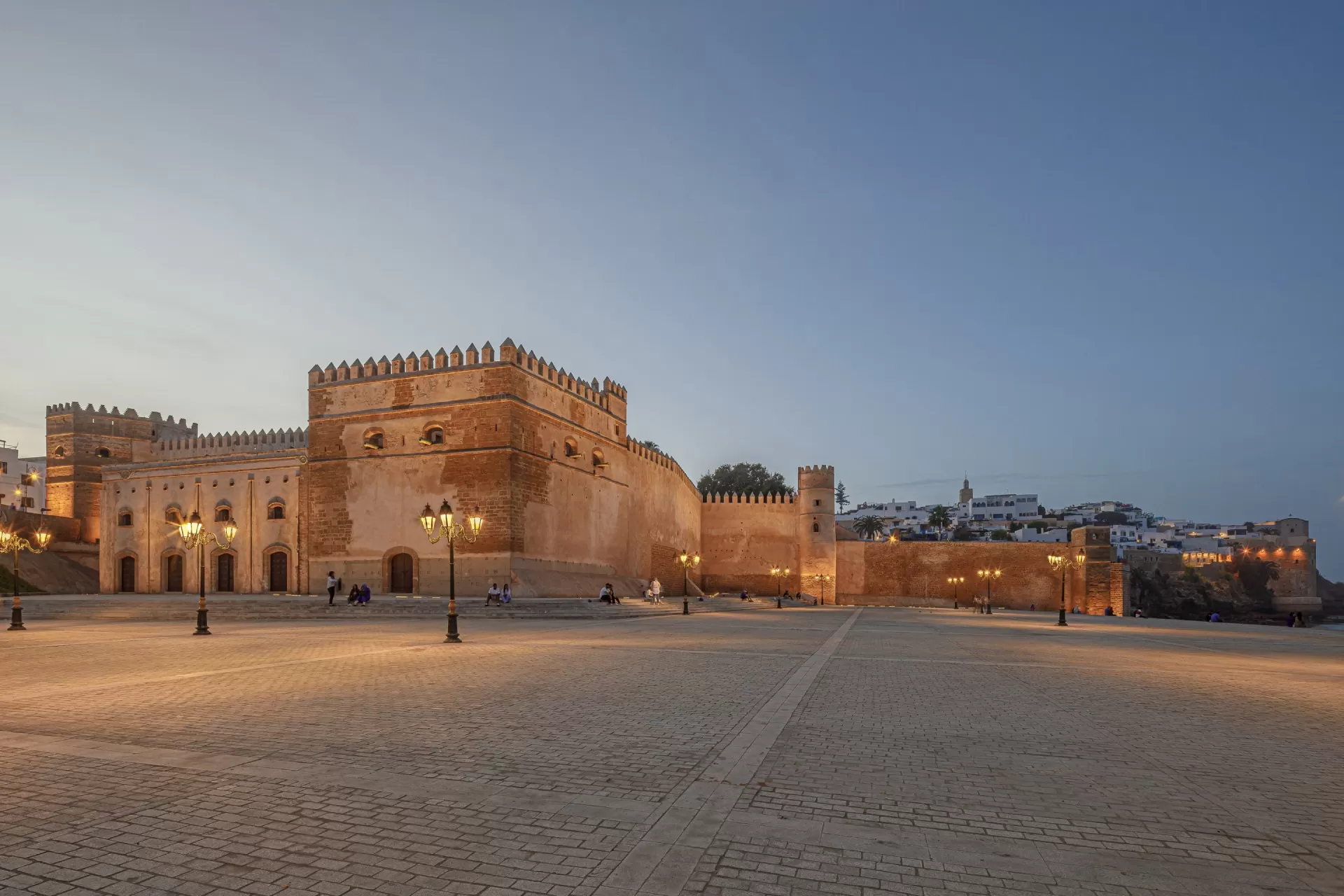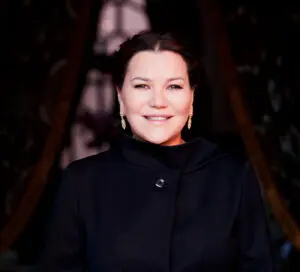The digitization of heritage
Digitization is essential to raising awareness of, and promoting cultural heritage. The Foundation therefore supports cultural heritage digitization using a structured approach implemented at three distinct levels:
ENCOURAGE DIGITIZATION OF CULTURAL ASSETS
The Foundation brings together stakeholders and fosters cultural asset digitization by means of multi-stakeholder partnerships with a variety of institutions specializing in digitization technology and the safeguarding of cultural heritage.
FOSTER DEVELOPMENT OF OPEN DIGITAL PLATFORMS
The Foundation enhances public access to culture through digital platforms where digitized heritage is available to the general public, institutions, and academics for recreational, professional and research purposes.
CREATE EDUCATIONAL RESOURCES FOR CULTURAL OUTREACH
The Foundation provides a variety of educational resources (virtual tours, promotional videos of digitized assets, augmented reality) to support cultural outreach and preserve collective memory.
Digitization
Digitization and Photogrammetry of Cultural Assets
Documentation
Recovery of scientific and historical data on cultural assets
Platform tools
Interactive virtual tour design tour and cultural outreach material production
Fort Rottembourg Pilot Project

The Qasba of Oudaïa

